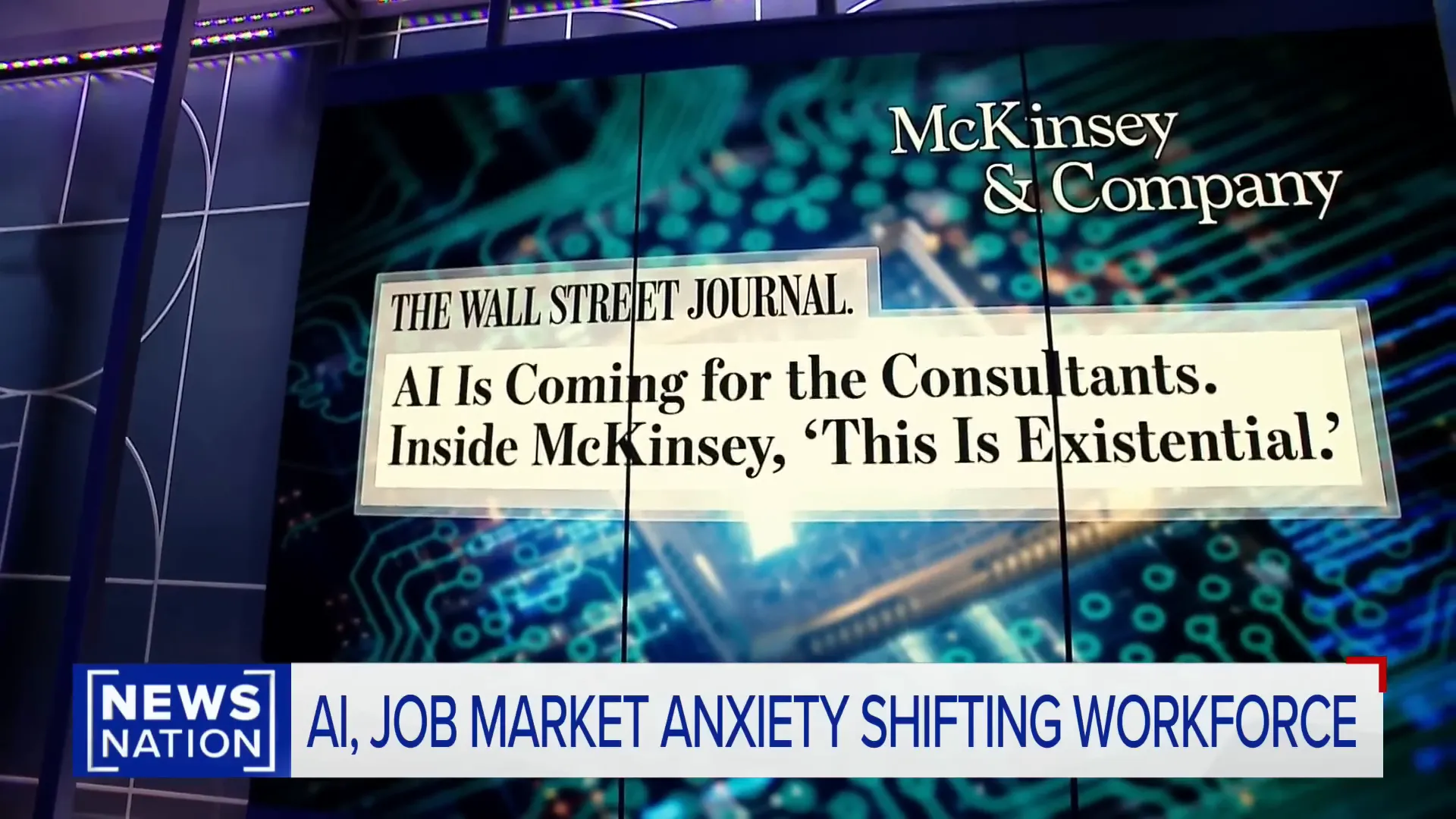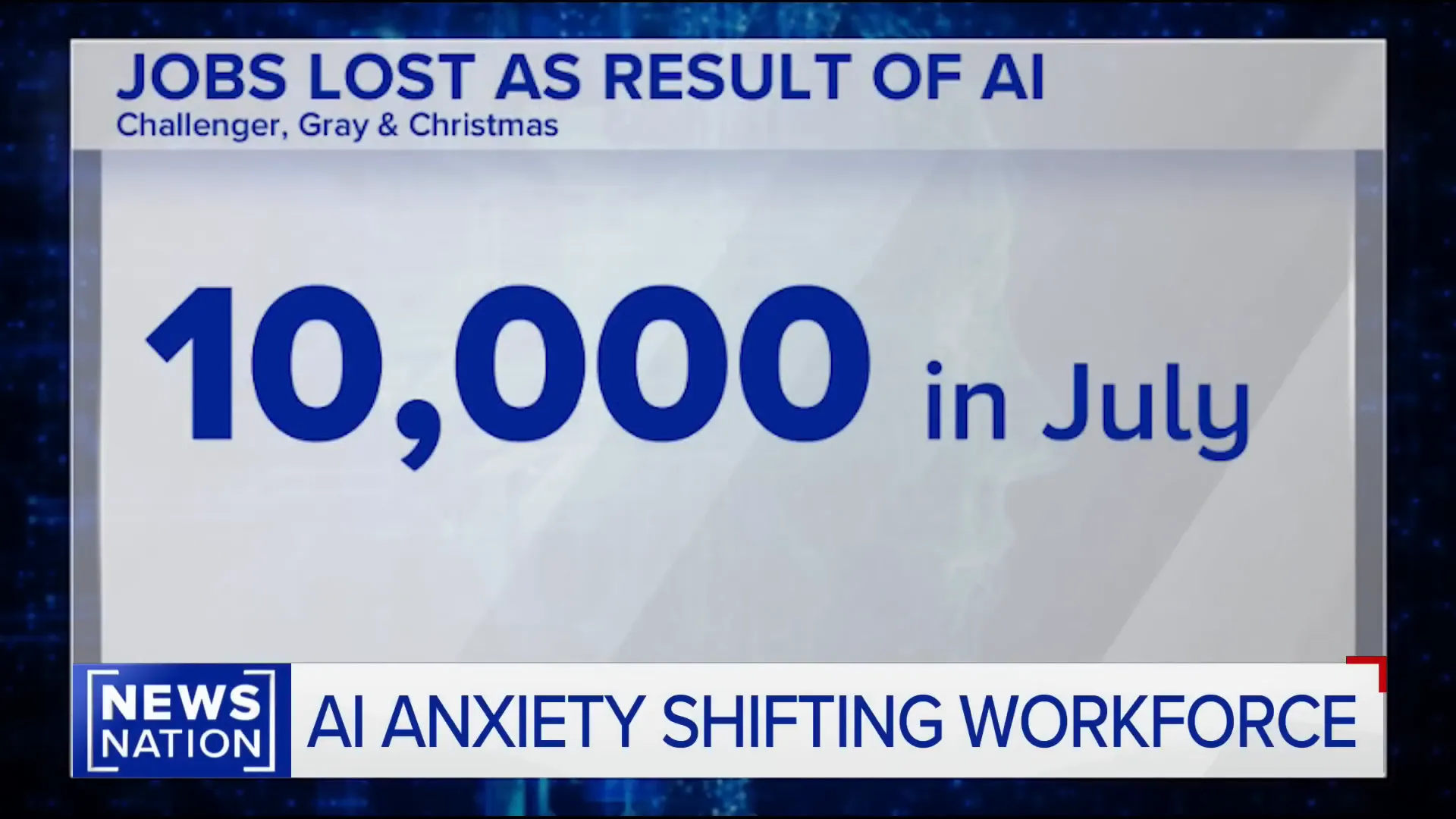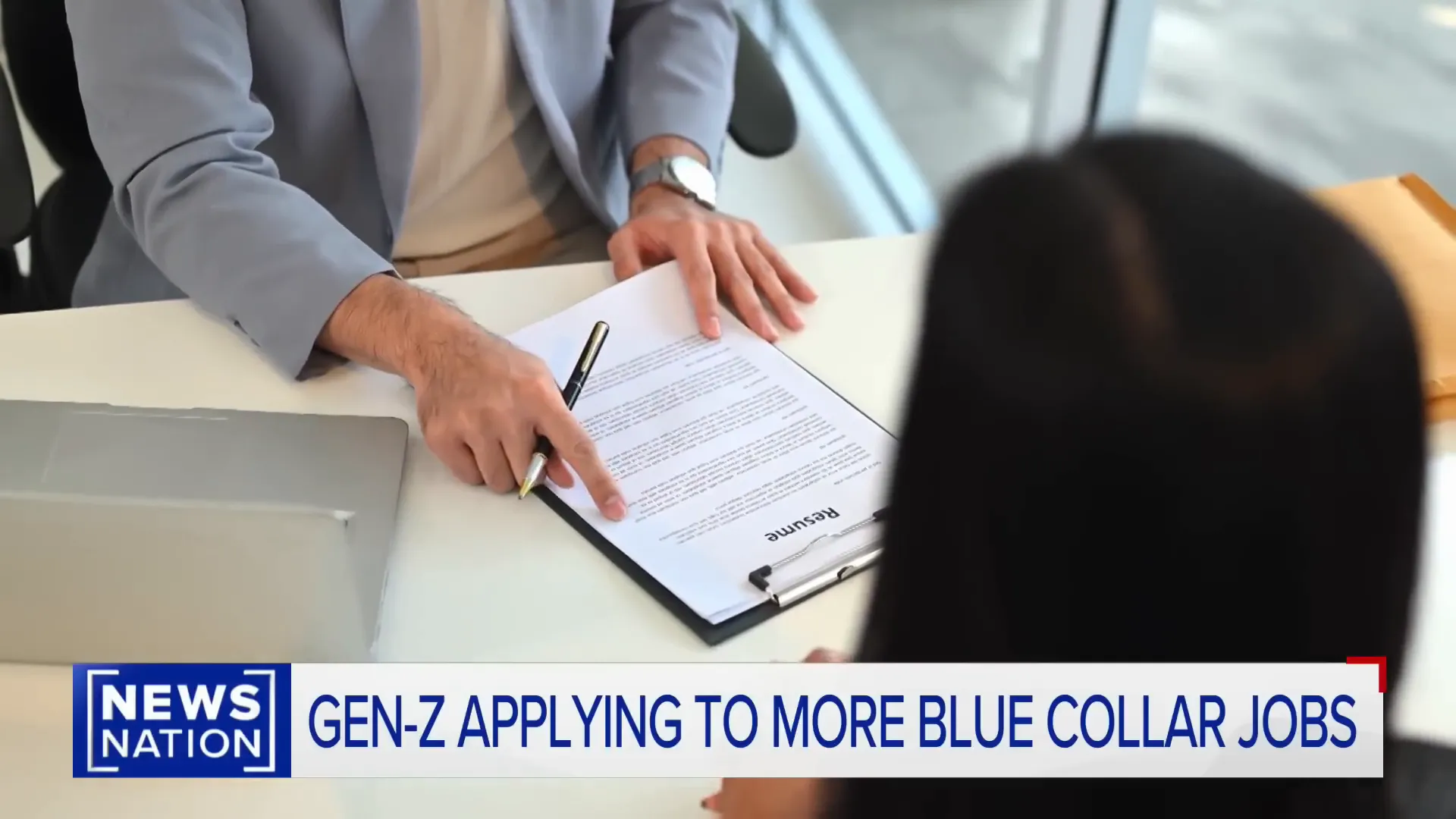AI Updates
Featured
AI Reshapes Job Market as Gen Z Turns to Blue-Collar Work
Artificial intelligence (AI) is no longer just a futuristic concept—it is actively transforming the American workforce in profound ways. As automation and AI technologies advance rapidly, they are disrupting even the most established industries and professions. This seismic shift is especially evident among younger workers, particularly Generation Z, who are reevaluating traditional ideas about career success and security. In this article, we explore how AI is reshaping the job market, why many Gen Z workers are turning toward blue-collar and skilled trades, and the challenges and opportunities that lie ahead.
This analysis is inspired by insights originally shared by NewsNation’s Mills Hayes, who highlights the evolving landscape of work and the increasing role AI plays in it.
The Growing Impact of AI on the Workforce
Artificial intelligence is permeating every industry in the United States, driving significant changes in how work is performed. One notable example is the management consulting giant McKinsey & Company. Once reliant on highly paid consultants to analyze data and craft business strategies, McKinsey now finds AI capable of performing much of this work more efficiently and quickly. This disruption is existential for firms like McKinsey, signaling a broader trend where AI replaces or supplements tasks traditionally done by humans.

A landmark study by McKinsey, conducted about two years ago, revealed that nearly 30% of current workplace tasks could be automated within the next three years. This projection has profound implications for job security across many professional sectors. The study’s findings help explain why so many young people, especially those in Generation Z, are reconsidering their career paths.
Why Gen Z Is Turning to Blue-Collar Jobs
One of the most striking trends emerging from this AI-driven disruption is the shift among younger workers toward blue-collar and skilled trade jobs. Unlike many white-collar roles, these jobs require hard skills that are difficult for AI to replicate. While AI excels at automating soft skills like data processing, scheduling, and routine decision-making, it cannot easily replace hands-on expertise, technical know-how, and physical labor.
Cameron Vogelslang, an electrician from Tennessee, offers a compelling perspective on this shift. He travels the country with Energized USEDU, an organization aiming to reshape the public perception of skilled trades in America. According to Vogelslang, many young people are drawn to blue-collar work because it offers stability and opportunities that AI cannot easily disrupt.
Despite these opportunities, there remain stigmas surrounding blue-collar jobs. Many Gen Z individuals worry about stereotypes such as concerns over health, physical fitness, or the social status attached to trade work. Vogelslang emphasizes that these misconceptions often deter people from considering this viable career path.
The Reality Behind AI and Job Loss
While AI opens new doors for some, it also contributes to job displacement for others. In July alone, one firm reported that AI adoption resulted in over 10,000 job losses, underscoring the rapid pace of automation. These losses are mostly concentrated in white-collar sectors where AI can perform tasks more quickly and cheaply than humans.

Further compounding Gen Z’s anxiety about the future is the belief that a college degree may no longer guarantee job security. A striking 65% of Gen Z workers believe their degree will not protect them from AI-related job loss. This growing skepticism about traditional education paths helps explain why more than half of Gen Z workers are seriously considering careers in trades or blue-collar work.
AI and the Hiring Process: The Hidden Barrier
AI’s influence extends beyond job performance to the hiring process itself. Automated resume screening tools powered by AI have become ubiquitous, but they can also create unintended consequences. For example, Derek Mobley, who was unemployed and searching for work for two years, experienced firsthand how AI-powered hiring systems can hinder job seekers.

Mobley noticed a troubling pattern: when applying to jobs that used Workday’s AI-driven hiring software, he either received no response or an outright rejection, with no chance for interviews or further consideration. He eventually filed a lawsuit claiming that Workday’s AI tools discriminated against applicants based on age, race, and mental health status.
AI Agents For Recruiters, By Recruiters |
|
Supercharge Your Business |
| Learn More |
"What are the chances that someone will be rejected one hundred percent of the time? That just didn't make sense to me just from a common sense perspective," Mobley said.
Although Workday denies these allegations, a federal judge has allowed the lawsuit to proceed as a nationwide collective action focused on age discrimination, highlighting the potential pitfalls of AI in recruitment.
The Future of Work: AI Is Here to Stay
AI’s role in the workforce is not a passing trend. Its integration into job descriptions and hiring processes has surged dramatically. According to data from Handshake, the use of AI in job postings has increased by 400% over the past two years. This statistic illustrates how deeply AI has embedded itself in the labor market and hiring ecosystem.
For young workers, this means adapting to a new reality where AI is a constant presence—both as a tool and as a competitor. The challenge will be to find roles where human skills complement AI capabilities rather than compete with them. Skilled trades, with their emphasis on manual expertise and problem-solving, appear to be one such area.
Reframing Career Success in an AI-Driven World
As AI reshapes the job market, it is clear that traditional definitions of career success are evolving. For Generation Z, the allure of white-collar jobs is waning in favor of roles that offer durability against automation. Blue-collar and skilled trades are gaining newfound respect as essential, future-proof careers.
This shift calls for a broader societal effort to destigmatize trade work and promote vocational training as a valuable and respected pathway. Organizations like Energized USEDU are leading this charge by educating young people about the benefits and opportunities in the trades.
Key Takeaways for Job Seekers and Employers
- Job seekers: It is crucial to develop skills that AI cannot easily replicate, such as hands-on technical expertise, creativity, and complex problem-solving.
- Young workers: Consider exploring blue-collar and skilled trades as viable and rewarding career options that offer stability amid AI disruptions.
- Employers: Be mindful of potential biases in AI hiring tools and work to ensure fair and inclusive recruitment practices.
- Education systems: Adapt curricula to prepare students for a hybrid work environment where AI and humans collaborate.
Conclusion
Artificial intelligence is a powerful force transforming the American labor market. While it threatens to automate many white-collar jobs, it simultaneously opens doors for blue-collar and skilled trade professions that require human dexterity and expertise. Generation Z, facing this new reality, is increasingly gravitating toward these roles, challenging long-held career norms and stigmas.
At the same time, the rise of AI in hiring processes presents new challenges around fairness and discrimination, demanding vigilance from both regulators and companies. As AI becomes an integral part of the workforce, a balanced approach that leverages human strengths alongside technological advances will be essential for a resilient and inclusive job market.
For those navigating the future of work, staying informed, adaptable, and open to diverse career paths will be key to thriving in an AI-driven economy.